Watergate Wetlands Restoration
Hardwick Township, N.J.
Award
Submitted by: WSP USA Inc.
Owner: U.S National Park Service
Lead Design Firm: WSP USA
General contractor: Lucianos Excavation Inc.
Construction Manager: Davey Resource Group Inc.
Subcontractors: Jason Tesauro Consulting LLC; Biostar Associates; Dykstra Associates; Axias (NY) LLC
Differing site conditions posed significant challenges for the contractor and the design team for this wetlands restoration project.
Structurally sound bedrock found above the proposed grade of the realigned stream required the team to make adjustments to the proposed realignment to compensate for the bedrock elevation and slope.
Since in-stream construction was restricted from May to mid-September, it was essential for the project team to collaborate and make swift design changes to the construction plans.
With the design team on site daily for additional changes, the slope of the bedrock was successfully added to the as-built stream bank and tied into the interlocking root wad structures installed to stabilize the stream bank.
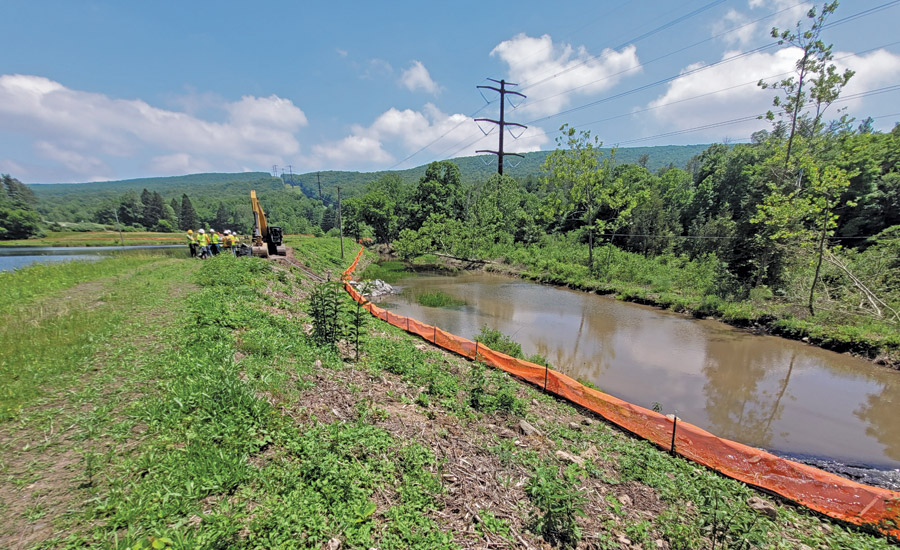
Photo courtesy WSP USA Inc.
The project team faced other unexpected challenges with storms that affected the area, especially when Hurricane Ida aftereffects in 2022 caused the Van Campens Brook to overflow, partially flooding the site. Team members had to repair and rework areas of the site several times, which delayed delivery of the stream restoration in the first season of in-stream construction.
Despite these obstacles, the team continued work, installing effective erosion controls to protect against storm activity, with substantial completion for the project reached in 21 months at budget and one year behind schedule with approval from the owner.
Use of a hydrologic and hydraulic model was a unique design aspect of this project. This guaranteed the project would succeed in today’s conditions as well as in the future by taking into account climate change.
The lead designer’s in-house climatologist added data to the model that addressed weather patterns set to affect the area stretching to the year 2100.
Grade control was used to create suitable hydrology and soil saturation in zones planned for habitat creation. The contractor managed grading in-house daily using its own staff and instrumentation, which helped achieve project goals.
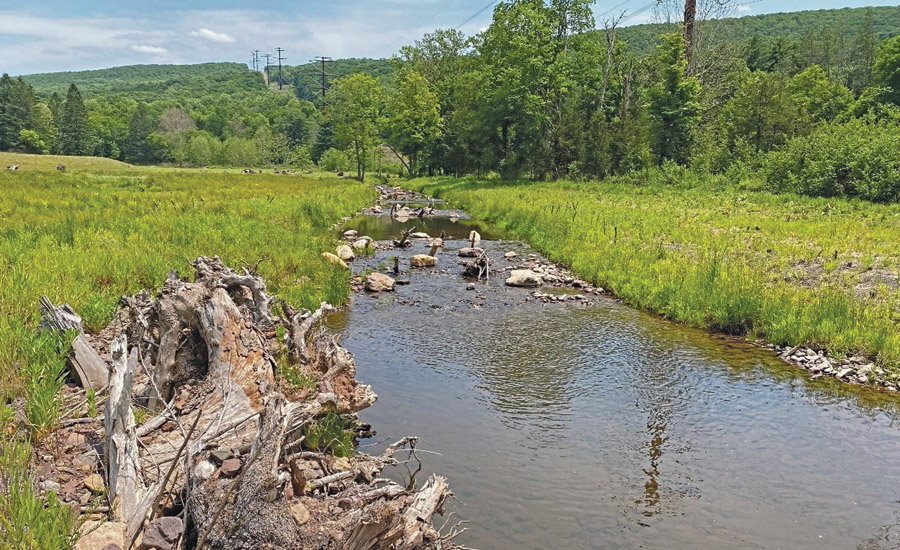
Photo courtesy WSP USA Inc.
The contractor’s experience with in-water work also benefited the stream restoration. This expertise assisted in diverting Van Campens Brook, which involved building the riffle-pool sections and executing bank restoration during the seasonal timing restriction. That helped prevent any negative impact to the ecological resources of the brook.
Safety was achieved through team partnering, with the contractor providing leadership at safety meetings. The approach made safety a collective priority that included safety observations, feedback and open channels of communication. Safety issues observed in the field were often linked to weekly safety themes that were reviewed by the team throughout the entire week.
The project team took a variety of approaches to helping with preservation of endangered species. The habitat of Van Campens Brook is well-known for having a variety of state listed threatened and endangered herptile (reptile or amphibian) species.
The team created two herptile nesting mounds in the project site and more than 30 woody debris structures within the floodplain of the brook using a mix of materials both salvaged on site and imported for the nesting mounds.


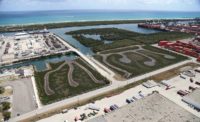
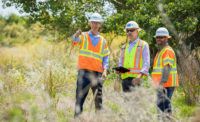
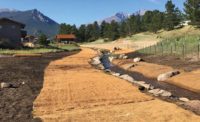
Post a comment to this article
Report Abusive Comment